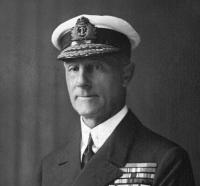
Admiral John Jellicoe
The Battle of Jutland, which was fought 100 years ago today, was one of the greatest modern sea battles and arguably, changed the course of World War I. In the battle, 250 ships, manned by 10,000 sailors fought for 12 hours. The battle was fought between the British Royal Navy’s Grand Fleet under Admiral Sir John Jellicoe, against the Imperial German Navy’s High Seas Fleet under Vice-Admiral Reinhard Scheer in the North Sea, near the coast of Denmark’s Jutland Peninsula. After the battle, both sides claimed victory. The British lost more ships and men than the Germans, who claimed a tactical victory. The battle was, however, a clear strategic defeat for Germany, proving that the Imperial German Navy could not defeat the Royal Navy nor lift the naval blockade that was slowly starving Germany.
While the British are generally acknowledged as victors of the battle, there remains considerable controversy over the naval commanders, particularly the role played by Admiral Jellicoe. Some have claimed that if Admiral Jellicoe had acted more aggressively that he might have cut off the German navy before it could flee back to port. Others argue that Jellicoe acted prudently from a position of strength.
Continue reading →
 I am never sure what to make of the yearly “World Oceans Day.” On a world where 71% of the globe is covered by oceans and where oceans contain 99 percent of the living space on the planet, shouldn’t every day be “World Ocean’s Day”?
I am never sure what to make of the yearly “World Oceans Day.” On a world where 71% of the globe is covered by oceans and where oceans contain 99 percent of the living space on the planet, shouldn’t every day be “World Ocean’s Day”?
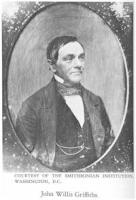 On Saturday, July 23rd, the
On Saturday, July 23rd, the 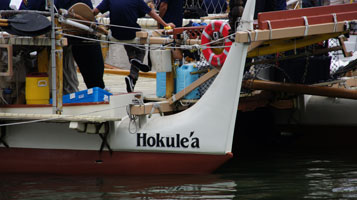 The Hawaiian voyaging canoe
The Hawaiian voyaging canoe  One hundred years today, on June 5, 1916,
One hundred years today, on June 5, 1916, 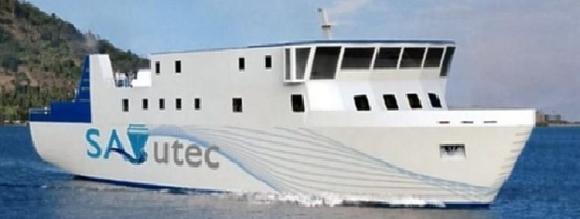 The UK’s
The UK’s 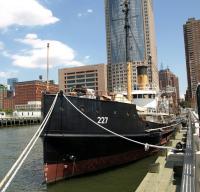 The historic
The historic 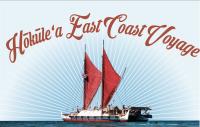 Continuing her epic voyage around the globe, the Polynesian voyaging canoe
Continuing her epic voyage around the globe, the Polynesian voyaging canoe  A very interesting program coming up on the
A very interesting program coming up on the 
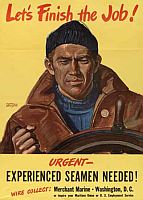 What was the most dangerous service in World War II? The Army, the Navy, the Marines?
What was the most dangerous service in World War II? The Army, the Navy, the Marines? 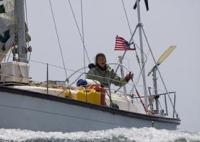 A few days ago, Donna Lange returned home to Narragansett Bay after completing her second solo circumnavigation on Inspired Insanity, her Southern Cross 28. An event was held in her honor at the Herreshoff Museum in Bristol, RI for family and friends to welcome her home.
A few days ago, Donna Lange returned home to Narragansett Bay after completing her second solo circumnavigation on Inspired Insanity, her Southern Cross 28. An event was held in her honor at the Herreshoff Museum in Bristol, RI for family and friends to welcome her home. 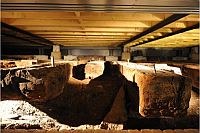
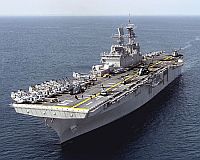 Yesterday thousands lined the shores of the Hudson to watch the
Yesterday thousands lined the shores of the Hudson to watch the 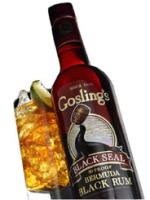 May 24th was not only the
May 24th was not only the 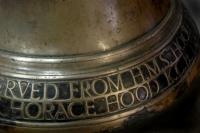 On May 24, 1941, the battlecruiser
On May 24, 1941, the battlecruiser  Starting Wednesday this week, the fleet will be in town, well part of it anyway, to celebrate the 28th observance of
Starting Wednesday this week, the fleet will be in town, well part of it anyway, to celebrate the 28th observance of 
 The website for the
The website for the 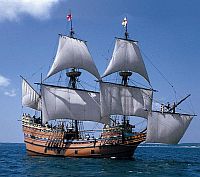 Mystic Seaport
Mystic Seaport